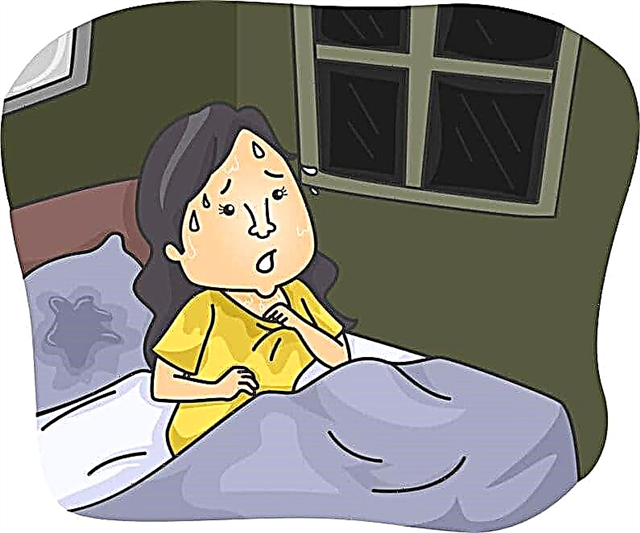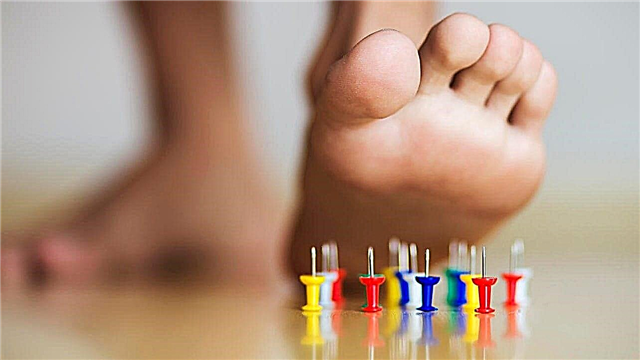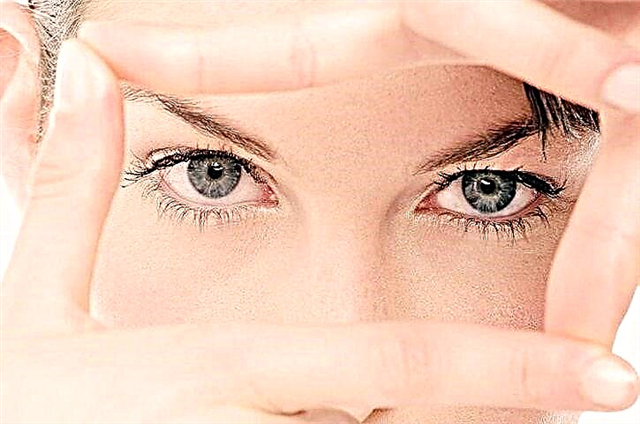
The spectrum visible to the human eye is not complete. There are types of rays that cannot be seen visually, but they are present in nature and have an effect on living organisms.
Ultraviolet light is a type of wave that is invisible to humans, but capable of exerting influence on his health, and not only. One of the properties of this radiation is its bactericidal activity. How can light waves destroy bacteria and viruses? How harmless is UV to humans?
What is ultraviolet?

Light waves in the range of 10 - 400 nm are ultraviolet. They are positioned in a sector with a wavelength that is shorter than the visible spectrum, therefore, after the violet. From this came the name "ultraviolet", that is, "outside of violet." This radiation was discovered after infrared, which is on the back of the visible spectrum, behind red.
The main source of ultraviolet radiation for our planet is the Sun. Its distribution on the surface of the planet is not uniform, the radiation is partially absorbed by the atmosphere, scattered by the ozone layer, and so on. Otherwise, it could well threaten life on Earth. After all, it is really capable of killing viruses and bacteria, causing certain harm to other living beings, not excluding humans.
Why is ultraviolet dangerous for bacteria?
With the penetration of ultraviolet radiation into the DNA and RNA of microorganisms, they receive damage to the genetic material. This factor prevents the reproduction of viruses and bacteria, contributes to their death. A quantum of ultraviolet light is able to interact with thymine, one of the main nucleotides, creating dimers - compounds of two units of an element with each other. While there are few dimers, the cell’s self-healing system is able to cope with them, independently removing them and fixing new pairs in their place.
However, the longer the ultraviolet acts on the cell, the more “defective” particles are obtained, and the self-defense system ceases to cope with the situation. At first it slows down, the multiplication of microorganisms comes to naught, then they begin to die out.
Even small irradiation affects a unicellular microorganism, significantly weakening it. With continued irradiation, it mutates, then dies. A powerful dose of radiation leads to immediate death. This fact is used in medicine and other areas of human life, where it is necessary to disinfect the environment or surfaces. Various ultraviolet lamps are used today for room treatment, water disinfection, and other environments.
Interesting fact: UV exposure is not universal. A number of bacteria, certain types of fungi and many prions are naturally immune to such effects, easily transferring high doses of radiation.
How dangerous is ultraviolet light to humans?
So, for microorganisms, ultraviolet radiation is fatal. However, how does the human body carry it, is it necessary to protect yourself from solar radiation? At its high level of protection is requiredbecause human skin also reacts to ultraviolet. It causes a tan, and with excessive exposure, skin burns, as well as the risk of neoplasms, cancer.
Human integuments are not so sensitive as in unicellular organisms, because the body protects itself with layers of dead cells, pigments, and hair, minimizing the risk of receiving an excessive dose of radiation. However, natural protection may not be enough. Also it is necessary to protect eyes from ultraviolet radiation.
On the other hand, there is even a physiotherapeutic procedure, which involves ultraviolet irradiation of the foci of the disease, parts of the body. So they treat the nasopharynx, purulent and inflamed skin areas, treat inflammatory diseases. And ultraviolet irradiation allows you to sunbathe beautifully.
Radiation at certain doses is beneficial to humans., and even necessary for him to normal life, health. However, its excessive volume is clearly harmful.
Thus, ultraviolet light is able to kill unicellular organisms, bacteria and viruses by acting on their genetic material and causing its anomalies. UV irradiation allows you to disinfect surfaces and the environment that is actively used by humans.












